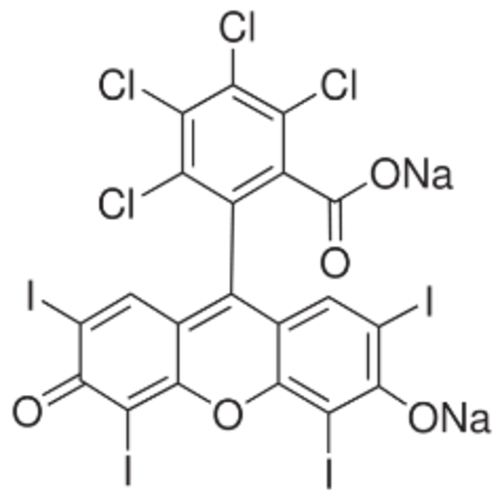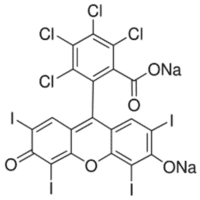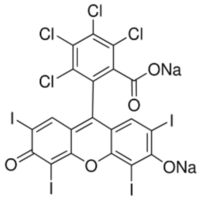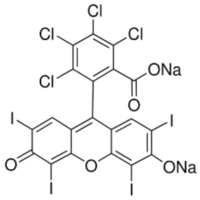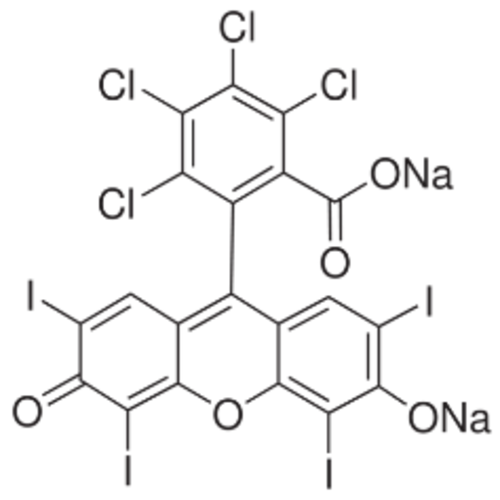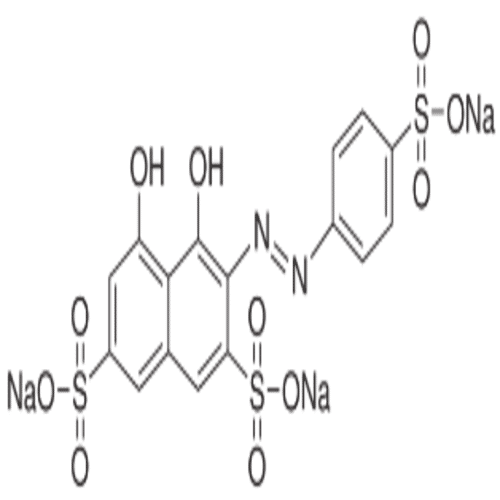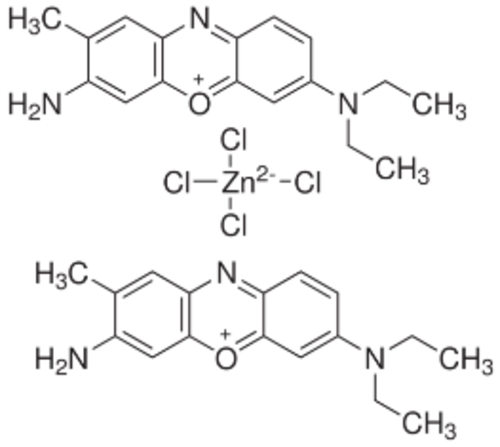Rose Bengal 90% Chemical
Product Details:
- Molecular Formula C20H2O5Cl4I4Na2
- Molecular Weight 1017.65gm/mole GSM (gm/2)
- CAS No 632-69-9
- Click to View more
Rose Bengal 90% Chemical Price And Quantity
- 10500 INR/Container
- 10500.00 - 12000.00 INR/Container
- 1 Container
Rose Bengal 90% Chemical Product Specifications
- 1017.65gm/mole GSM (gm/2)
- C20H2O5Cl4I4Na2
- 632-69-9
Rose Bengal 90% Chemical Trade Information
- Cheque
- 25 Container Per Week
- 15 Days
- 1-25kg in drum
- All India
Product Description
Product Description:
Rose bengal is a stain with a pink color. Its disodium salt form is commonly available in eye drops as a diagnostic agent when there is suspected damage to conjunctival and corneal cells. It is also used in laboratory settings, including the preparation of Foraminifera for microscopic analysis and suppression of bacterial growth in several microbiological media [Wikipedia]. The clinical applications of rose bengal as injectable formulation under the name PV-10 in melanoma, breast cancer and skin conditions such as eczema and psoriasis are being investigated in clinical trials.
Applications:
ROSE BENGAL is a bright bluish pink compound that has been used as a dye, biological stain, and diagnostic aid. Rose bengal has been used to aid in the diagnosis of preocular tear film disorders, mucin preocular film deficiencies, and superficial corneal epithelial abnormalities in horses. Rose bengal stains dead and degenerating cells and mucus. However, rose bengal has a dose-dependent ability to stain normal cells, and this ability is normally blocked by tear film components.Therefore stain uptake may indicate tear film abnormalities, such as a mucin deficiency, more accurately than cell viability. Rose bengal is available both as an impregnated paper strip and a solution. Use of the 0.5% or lower concentrations can minimize the irritation that can be associated with the 1% solution. The dye has also been shown to be toxic to corneal epithelium at routine concentrations. Slit-lamp biomicroscopy may be necessary for adequate visualization of rose bengal stain.

Price:
- 50
- 100
- 200
- 250
- 500
- 1000+
Other Products in 'Lab Reagents' category
 |
KARAN LABORATES
All Rights Reserved.(Terms of Use) Developed and Managed by Infocom Network Private Limited. |

